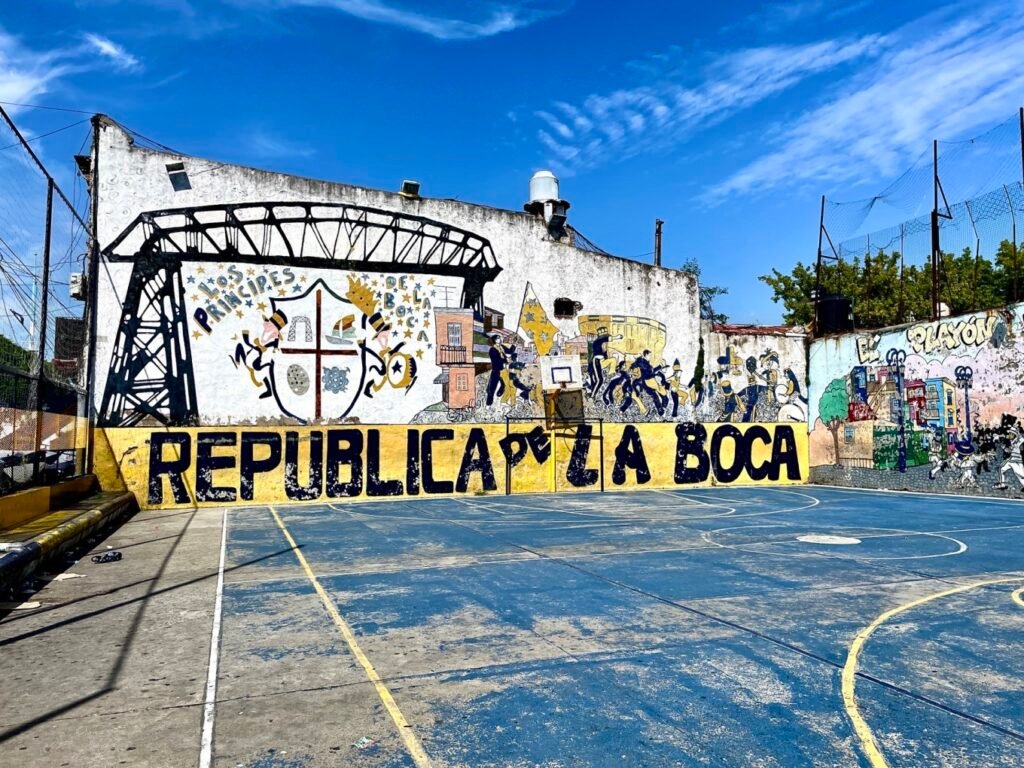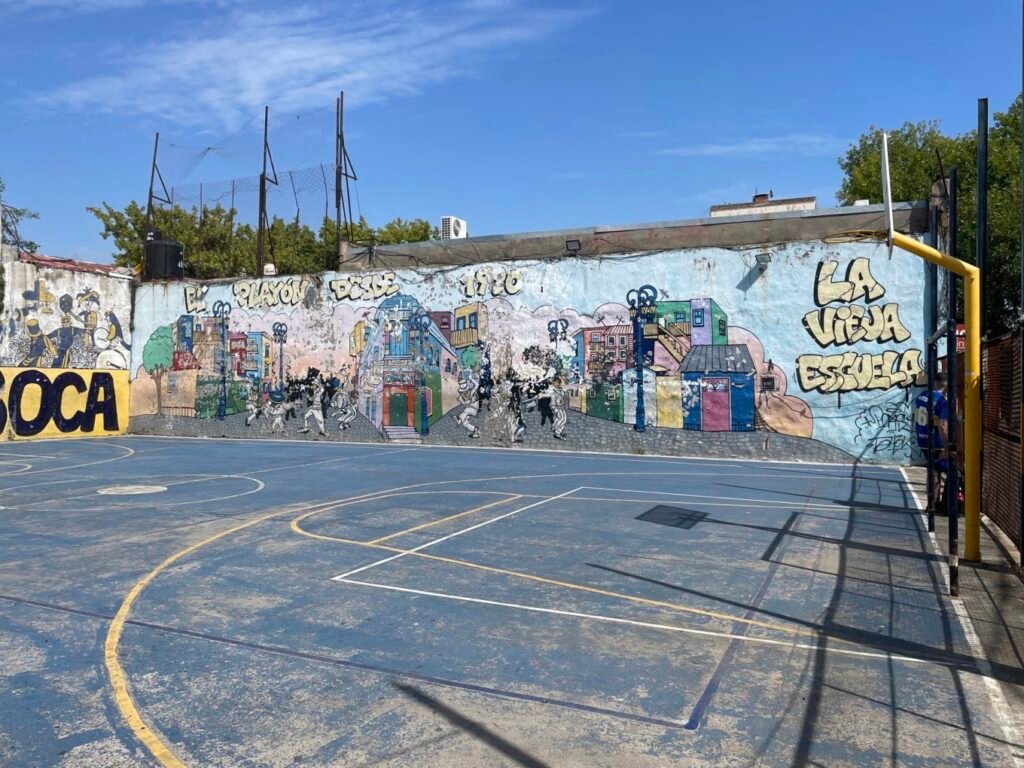Buenos Aires means “good air” in Spanish, and that’s no exaggeration. During the Spanish colonial period, many Europeans migrated to Buenos Aires, giving the city a blend of old-world European charm and South American vibrancy. From its landscapes to its lifestyle, the city is full of unique character. The old town still retains many Spanish-era buildings, which is why it’s often called the “Paris of South America.”

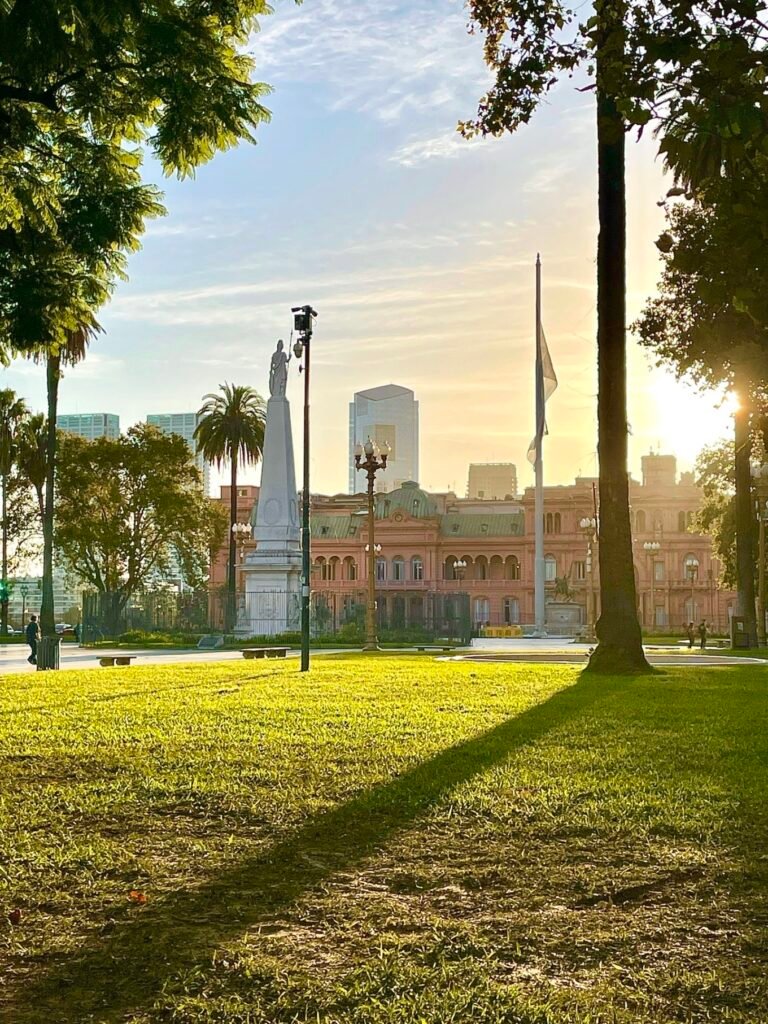
Plaza de Mayo is named in honor of the “May Revolution.” At the center of the square stands a 13-meter-high monument. In May 1810, Argentina led South America in the fight for independence from Spanish rule. This square holds great significance for Argentina.
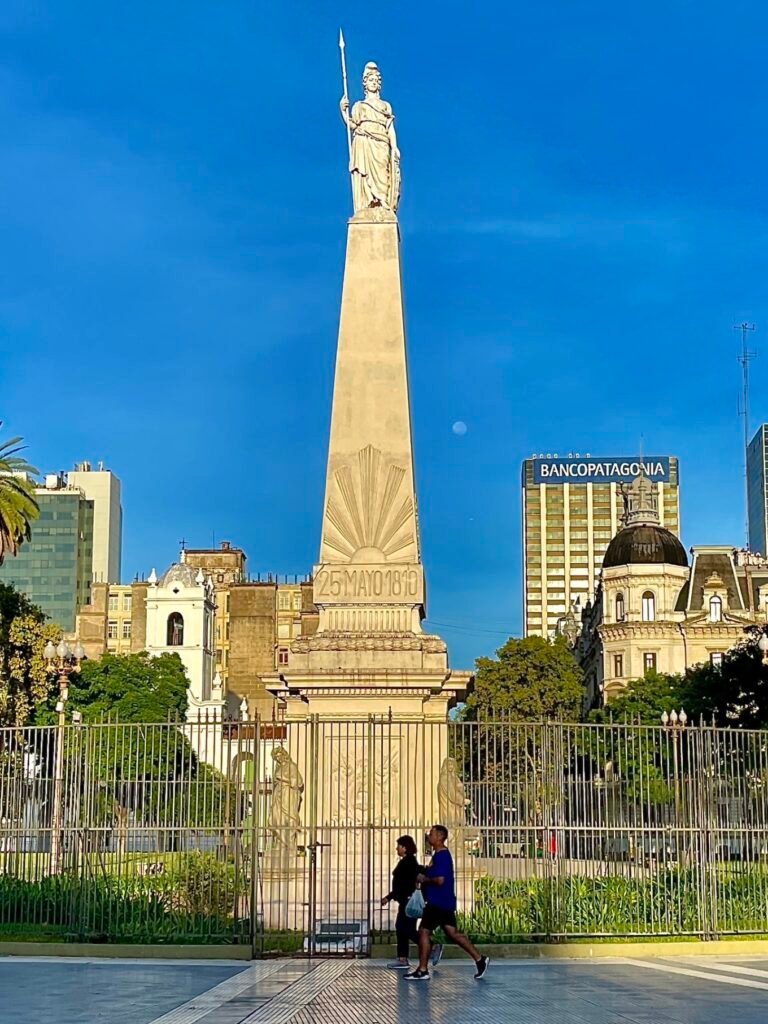
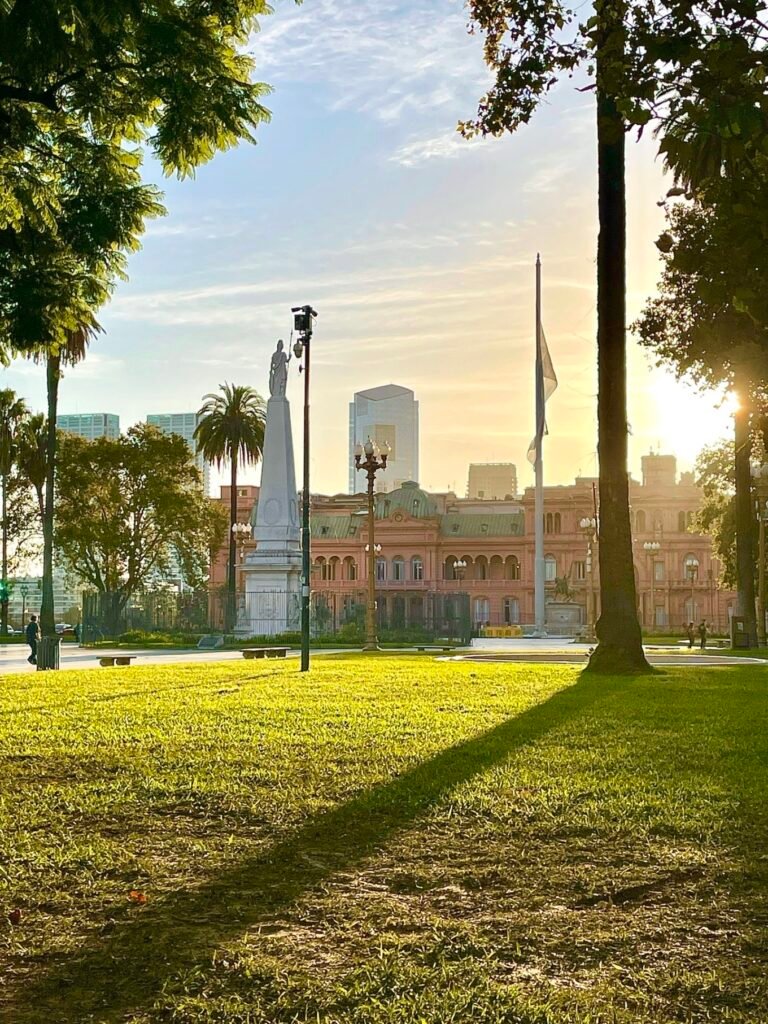
To the east of Plaza de Mayo is the presidential palace, a Spanish Rococo-style building known as the “Pink House” due to its pink-painted exterior.
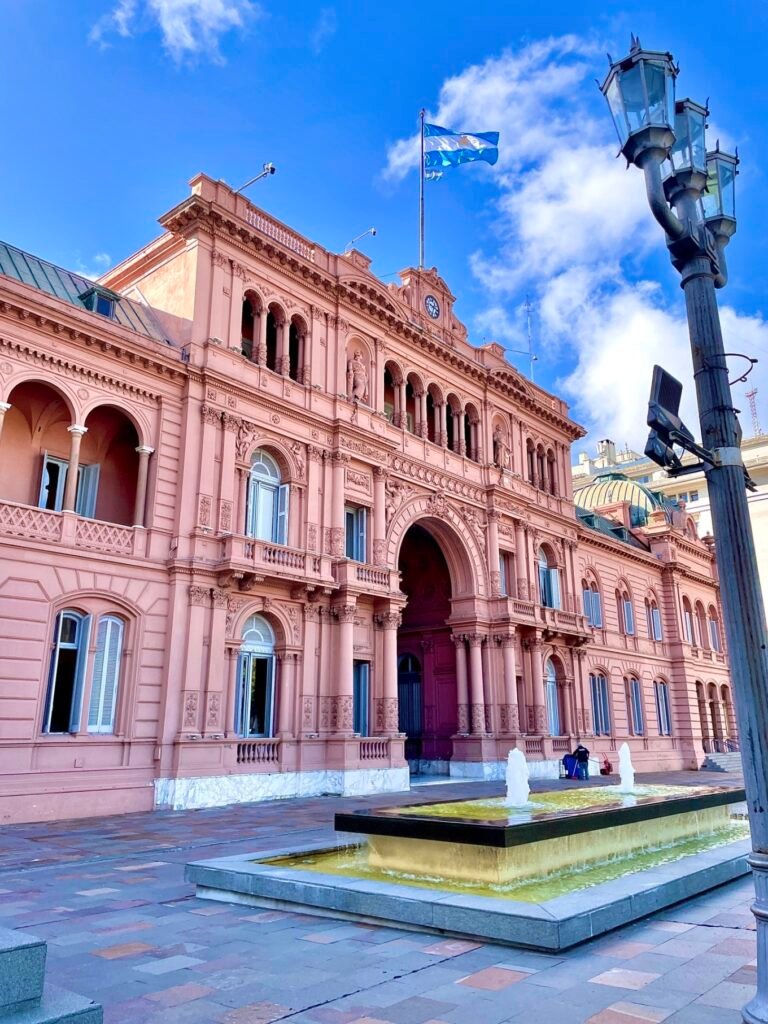
Every day, we passed by the Presidential Palace, but we never caught a glimpse of President Milei. However, we did get to witness the changing of the guard, a ceremonial display by the soldiers on duty.
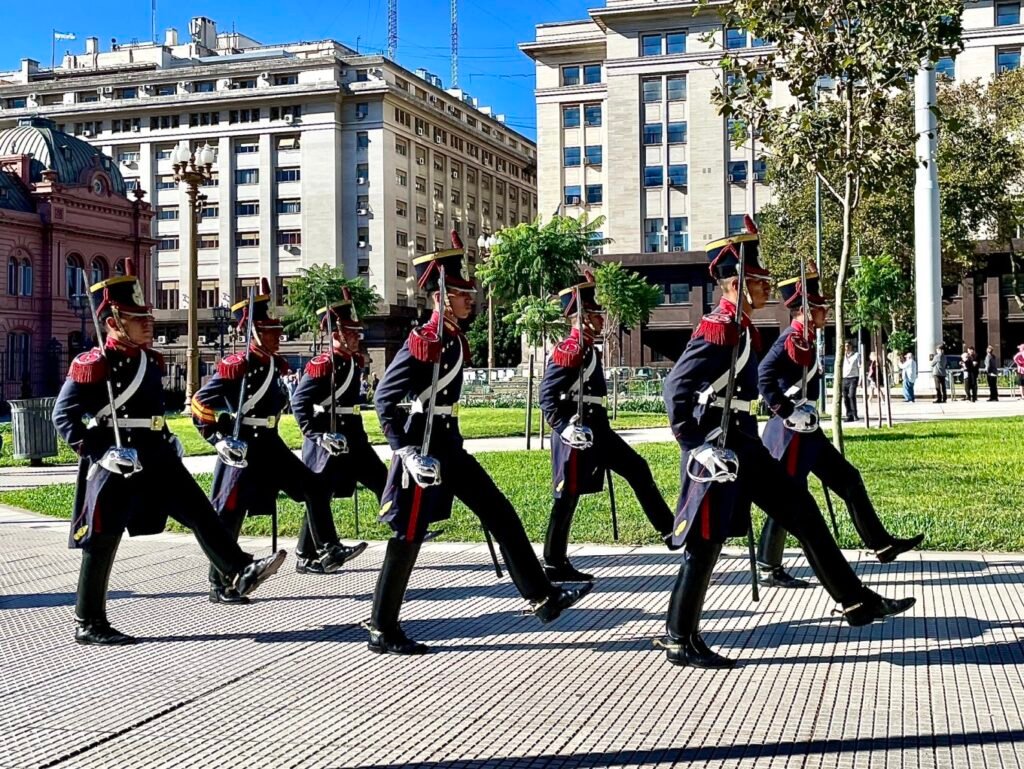
To the northwest of Plaza de Mayo is the Buenos Aires Metropolitan Cathedral. The exterior is designed in a classical Roman style, while the interior features Baroque decorations. In the center of the right side is the tomb of General San Martín. The cathedral also has many confessionals inside.
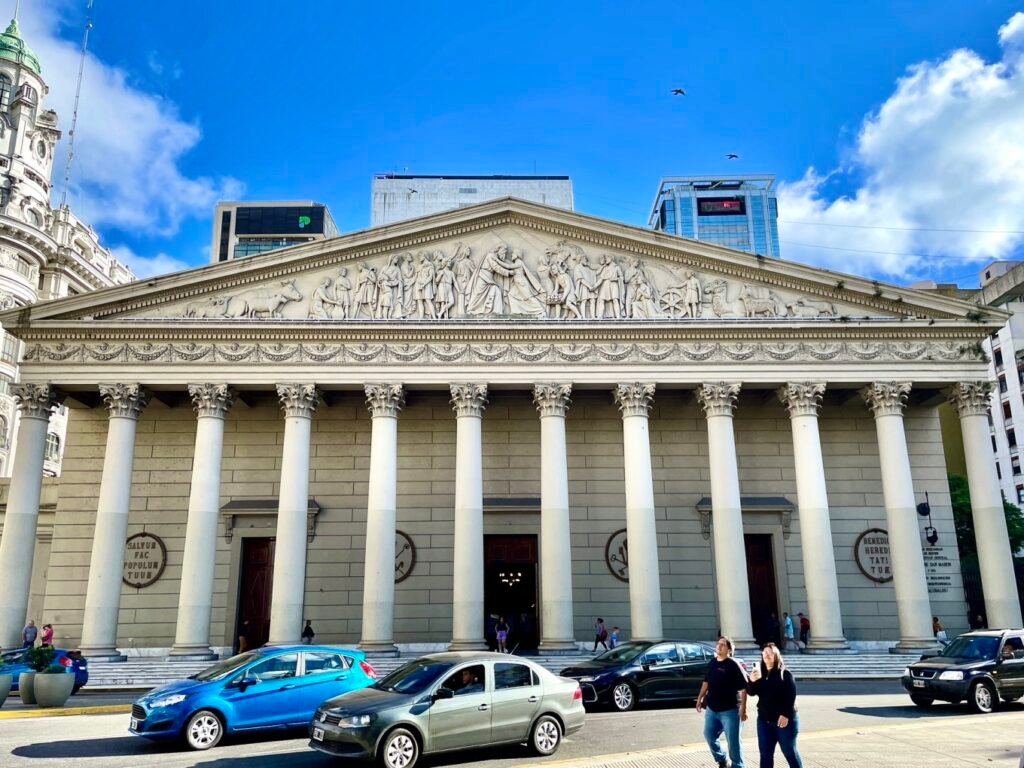

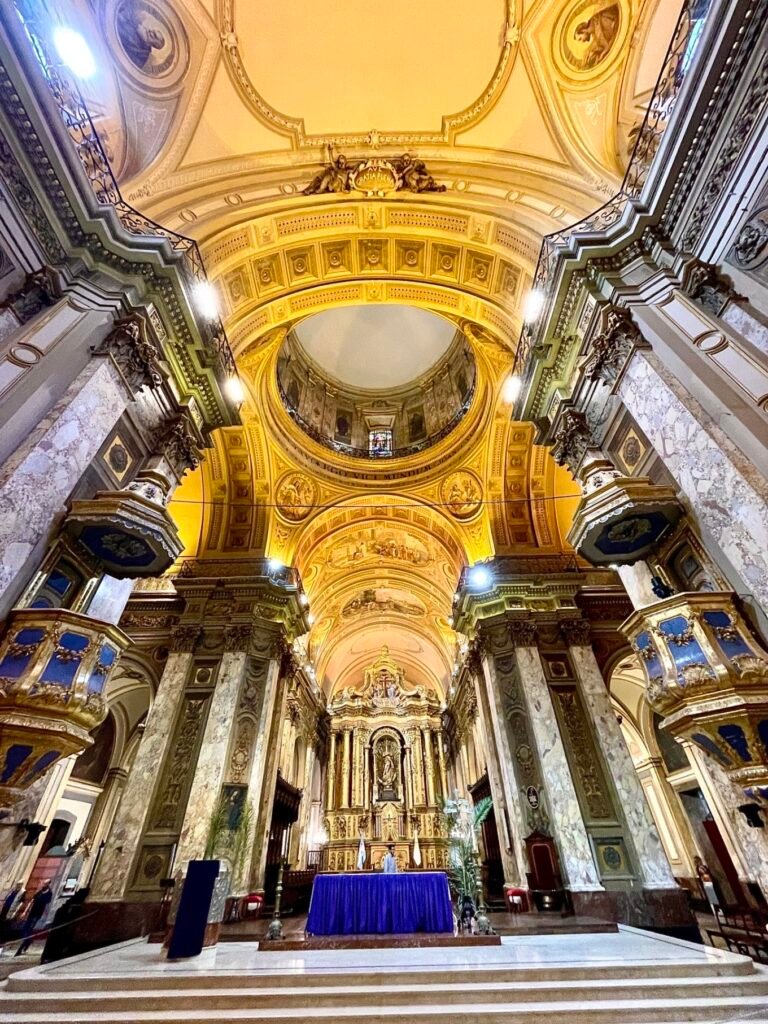
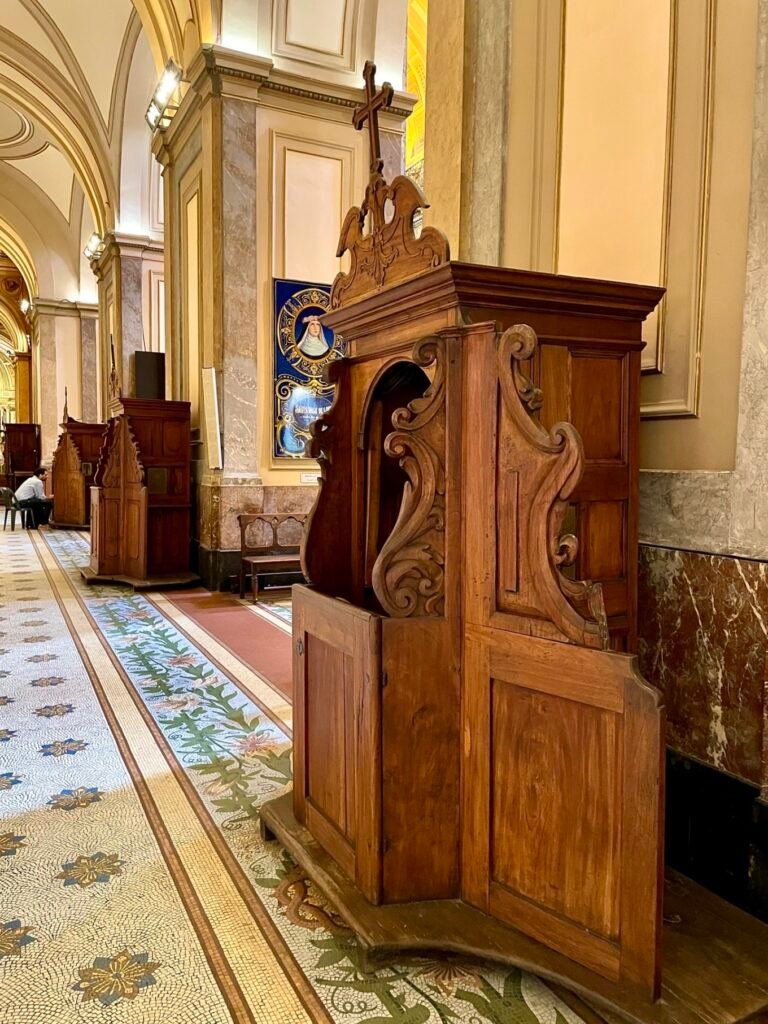
From May Square, if you follow the road leading northwest, you’ll come straight to the Obelisk, visible even from a distance if you have a sharp eye. This pure white marble structure stands 79 meters tall and was erected to commemorate the 400th anniversary of the founding of Buenos Aires. Nearby, neatly arranged greenery forms the letters “BA,” representing the city of Buenos Aires.
The Obelisk is located at the center of Avenida 9 de Julio, which is claimed to be the widest street in the world, measuring 148 meters across with over 20 lanes in each direction. It was erected to commemorate Argentina’s Independence Day.
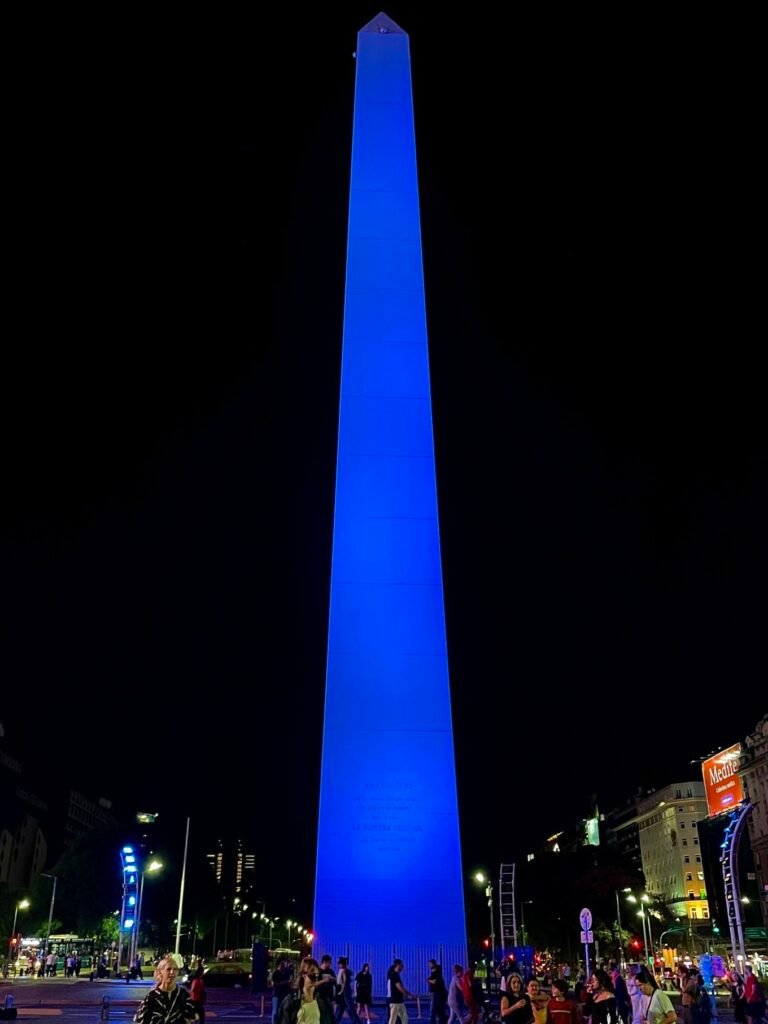
On the southern side of the street, a building features a mural of Eva Perón, also known as Evita. She is undoubtedly a legendary figure in Argentine history. For those interested, the film Evita, starring Madonna, offers a glimpse into her life. The iconic song Don’t Cry for Me Argentina comes from that very movie, capturing the essence of her influence and legacy.
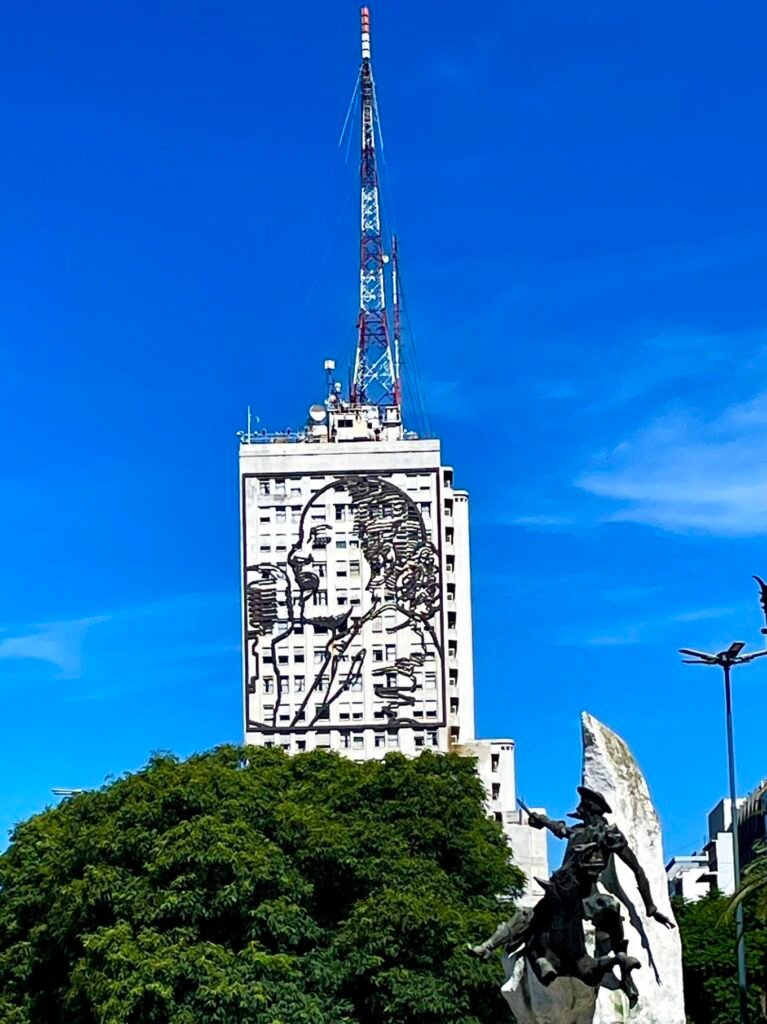
The Colón Theatre is considered the third-largest opera house in the world, following the Metropolitan Opera House in New York and La Scala in Milan. It is said that tango performances are not allowed here, as they are deemed not refined enough for the theater’s artistic standards. The theater is indeed massive, and during our visit, we happened to arrive just as a group of local schoolchildren was there on an organized tour.
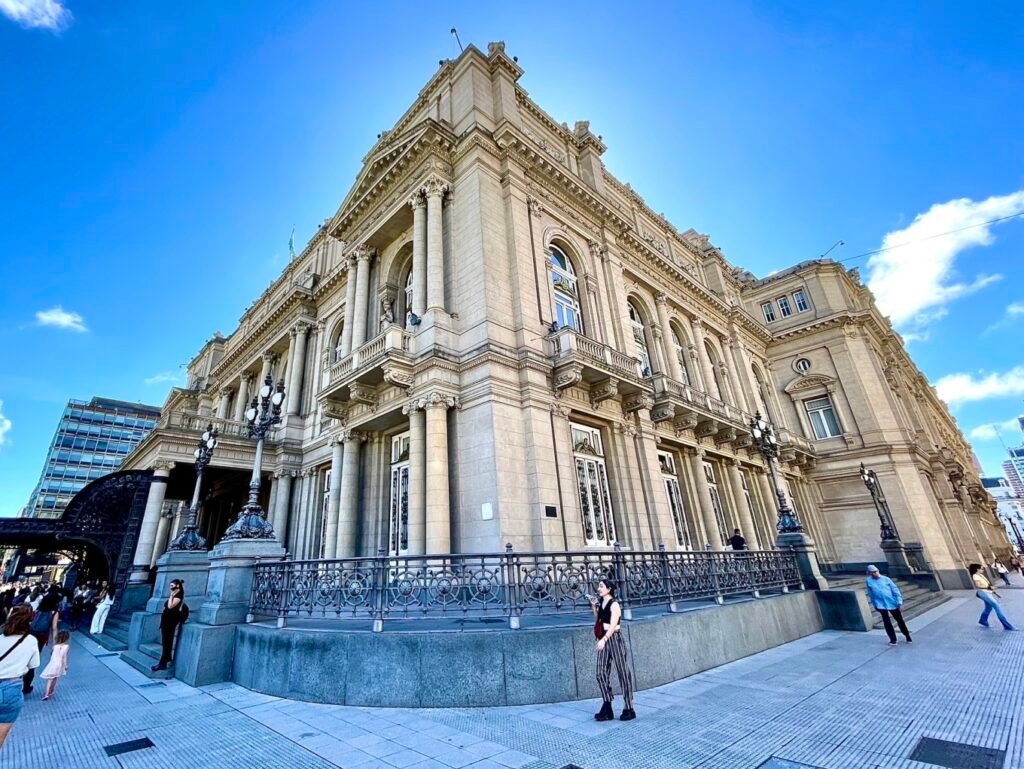
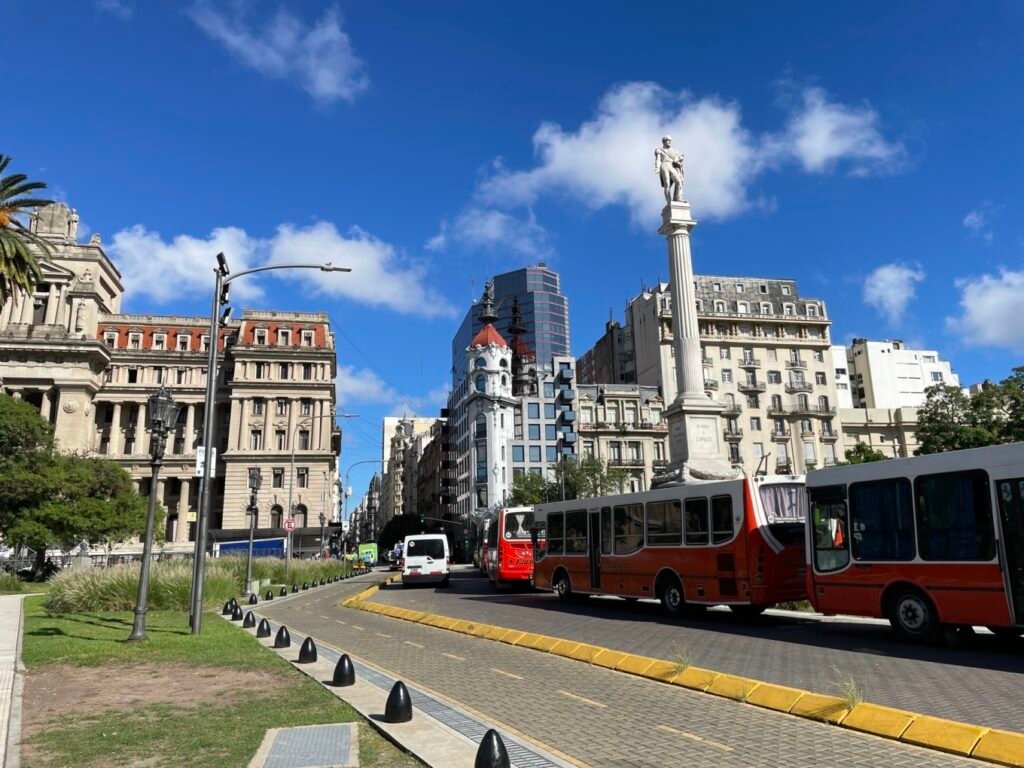
Next to the theater stands the Argentine courthouse. On the day of our visit, we stumbled upon a protest against the judiciary taking place right at the courthouse entrance. Demonstrators gathered with banners held high, creating a lively scene as a rock band played music on-site to energize the crowd.
Athens Bookstore
It’s the largest bookstore in South America and was even named the most beautiful bookstore in the world by National Geographic. The bookstore was once an opera house, which was converted into a bookstore after the opera house closed. Although the books are in Spanish, it doesn’t affect the photo ops. The best photo spot is on the third floor, and shooting in the private boxes is especially cozy. On the first floor, there’s a café on the stage area serving pastries, sandwiches, and other light meals.
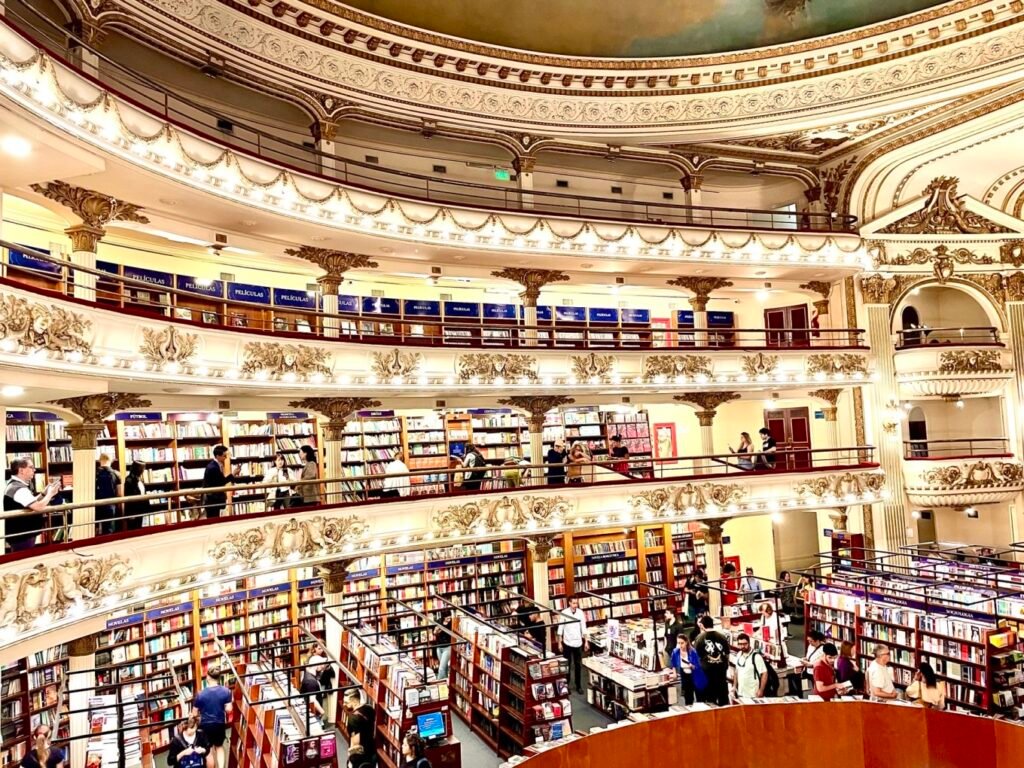

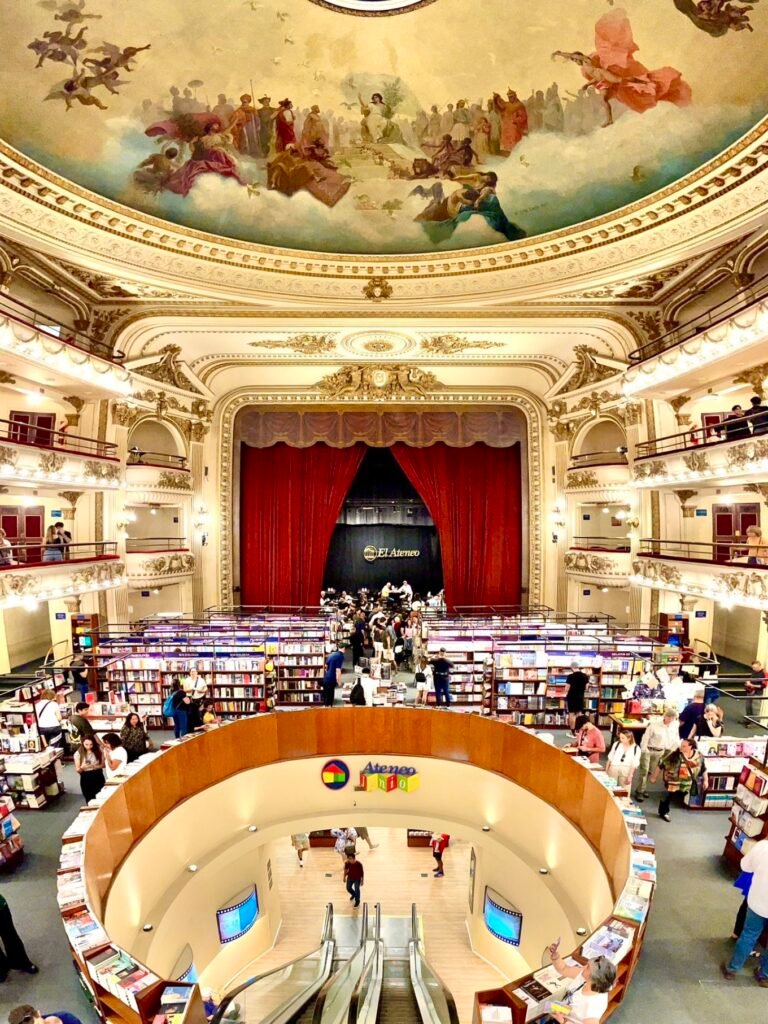
The National Congress Building
Modeled after the U.S. Capitol in Washington, the structure has its own distinctive style, with the most striking feature being its 80-meter-tall green dome, giving the building a unique character. It is said that on weekdays, visitors can tour the Congress building without a reservation, with guided tours available to provide detailed explanations. However, on weekends, prior reservations are required.


In front of the Congress building lies Congressional Plaza, a perfect spot to rest. The plaza is lined with benches, providing a welcoming place for tired visitors to take a break after exploring the area.
Barolo Palace
Built in 1923, Barolo Palace once held the title of the tallest building in South America at 100 meters. The design of the building was inspired by Dante’s Divine Comedy. Its 100-meter height symbolizes the 100 cantos of the poem, while the 22 floors represent the 22 sections. The building is divided into three parts, mirroring the journey through Hell, Purgatory, and Heaven as depicted in the Divine Comedy.
Visitors can explore the palace with a paid tour, and ascending to the rooftop offers stunning panoramic views of the Congress Building and Congressional Plaza. It’s recommended to visit during the late afternoon to catch the sunset from the top. Be sure to book your tickets in advance to secure a spot.
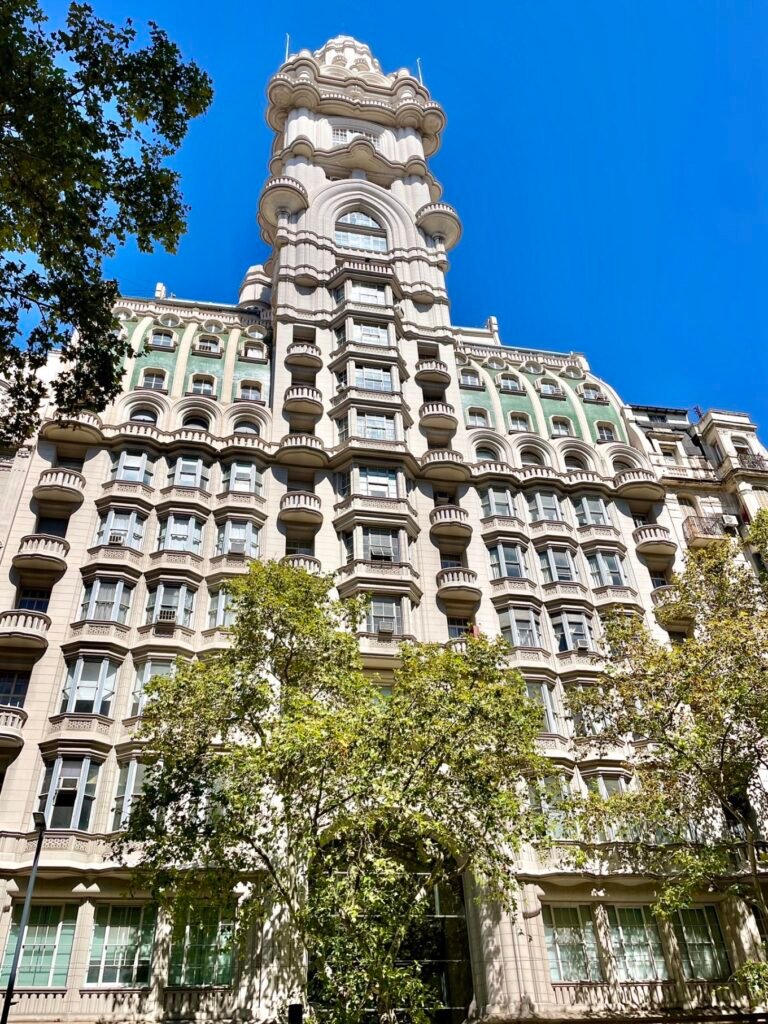
Heading east from Barolo Palace, you’ll make your way back to May Square. Along the route, you’ll pass Café Tortoni, a coffeehouse with a 170-year history. Though it wasn’t open yet when we passed by, a long line had already formed at the entrance. Peeking through the window, we noticed that the café also sells various souvenirs, adding to its charm as both a historic spot and a place to enjoy a coffee.

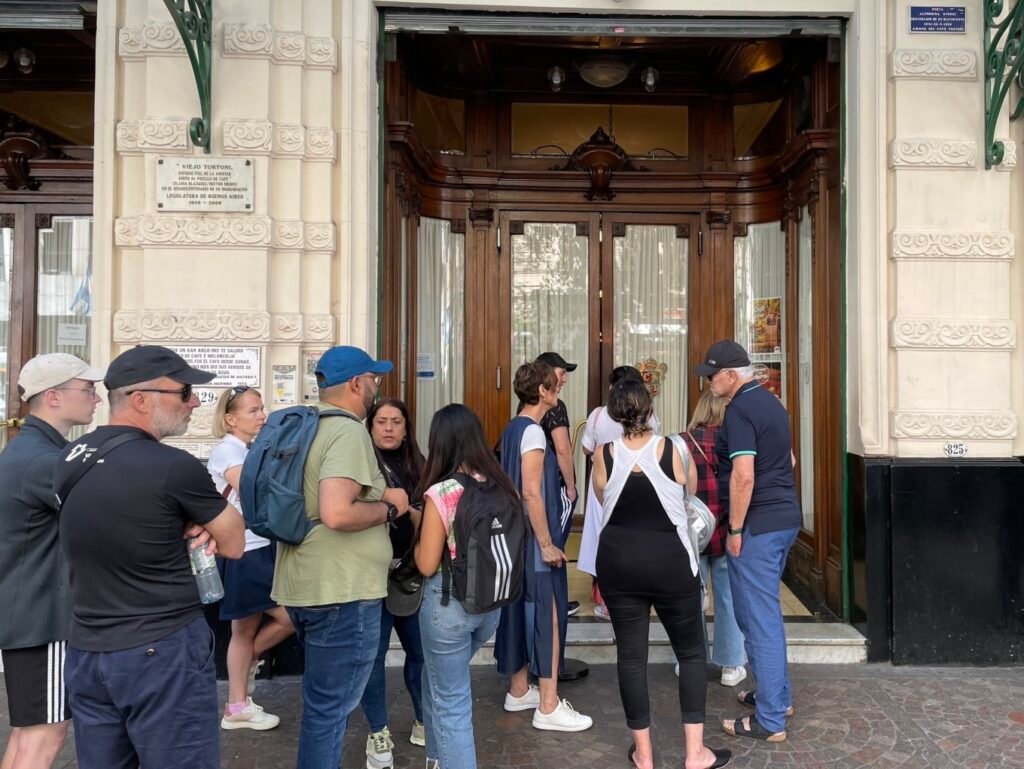
The Women’s Bridge
Located in the Puerto Madero district of Buenos Aires, the Women’s Bridge is a pedestrian bridge with a design resembling a high-heeled shoe. However, the architect intended it to represent a couple dancing the tango. The white mast symbolizes the man, while the bridge itself represents the woman. When a boat needs to pass, the entire bridge rotates 90 degrees around the mast, mimicking the graceful motion of tango dancers in perfect harmony.


We happened to catch street performers dancing tango right on the bridge. Buenos Aires, the birthplace of tango, holds a unique interpretation of the dance that reflects its cultural essence. For those interested in delving deeper into tango, there are options to watch performances at theaters or bars, or even sign up for a local tango class to experience it firsthand. It’s said that during group lessons, instructors often encourage participants to switch partners every few minutes, adding a dynamic and social element to the learning process.
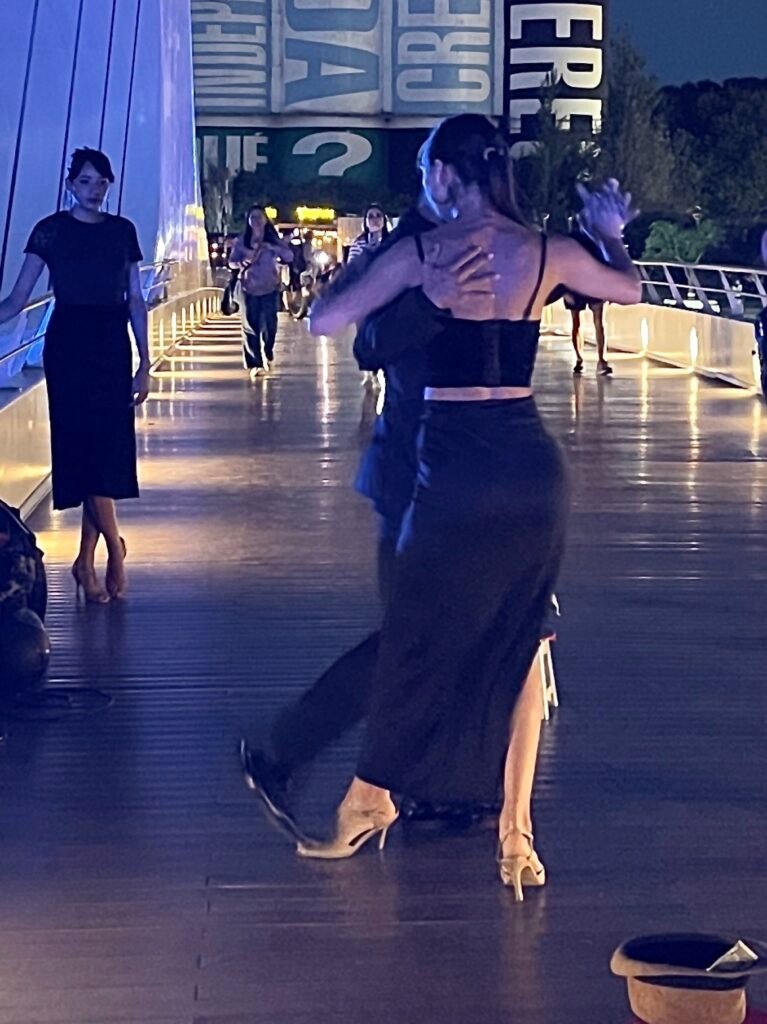
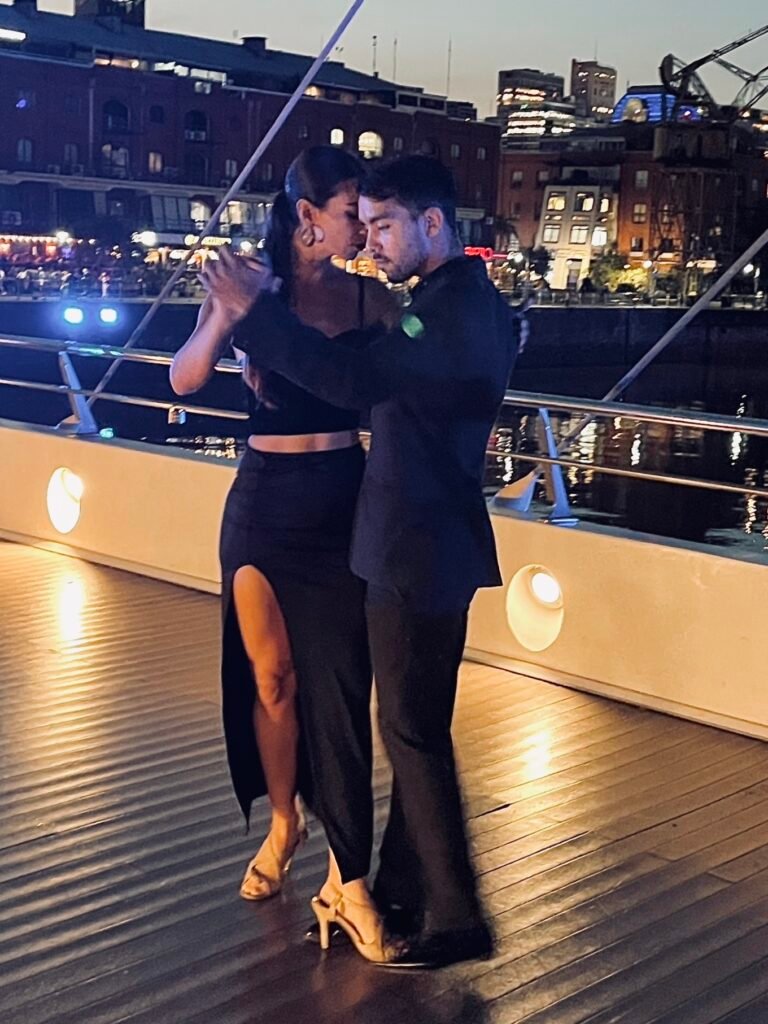
Living Vibrantly, Even in Poverty
The neighborhood of La Boca in Buenos Aires is a marvel in its own right. Despite being a poor area with low living standards and significant security challenges, it gave birth to icons like Maradona and the Boca Juniors football team, offering a glimmer of hope to its people. Life must always carry hope, even in the face of poverty.
The houses here are painted in vibrant, eye-catching colors, with their high saturation creating a lively and cheerful atmosphere. Surrounded by these colorful buildings, it’s hard not to feel uplifted and joyful. The energy of the neighborhood is contagious, proving that even under challenging circumstances, life can still be filled with color and happiness.
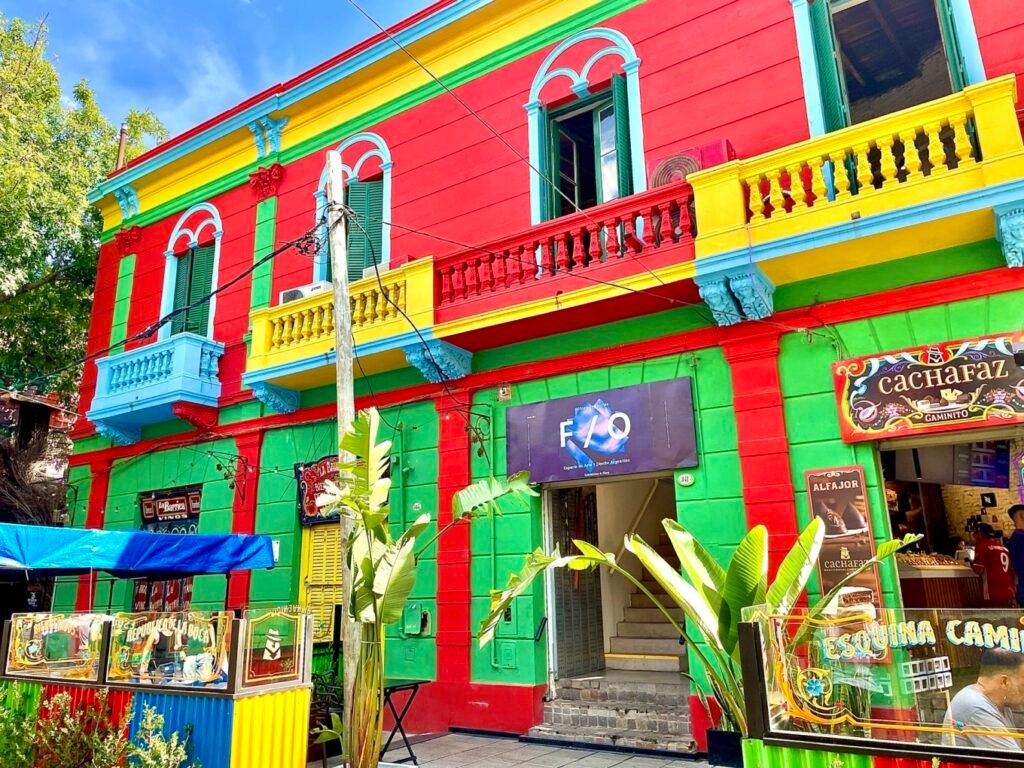
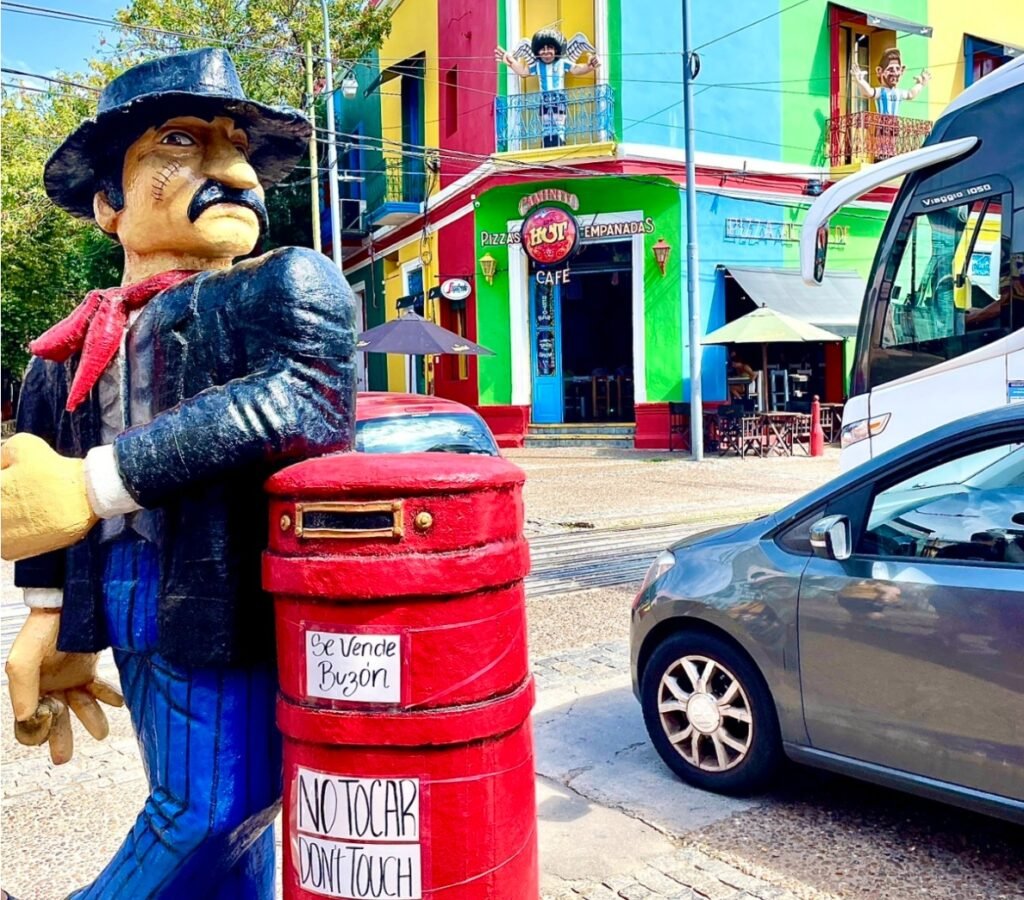
It is said that long ago, poor European immigrants settled in La Boca, building homes from old sheets of metal salvaged from ships. They used leftover paint to color their houses, often running out of one color before finishing a wall and having to switch to another. Every household followed this improvised practice, and over time, the neighborhood evolved into a street bursting with vibrant hues.
La Boca reflects another side of Argentina—one that evokes both longing and fear, love and aversion. Here, you can shed your inhibitions and immerse yourself in the raw energy of the place. However, it’s wise to stay alert, as pickpockets are known to take advantage of the bustling crowds.
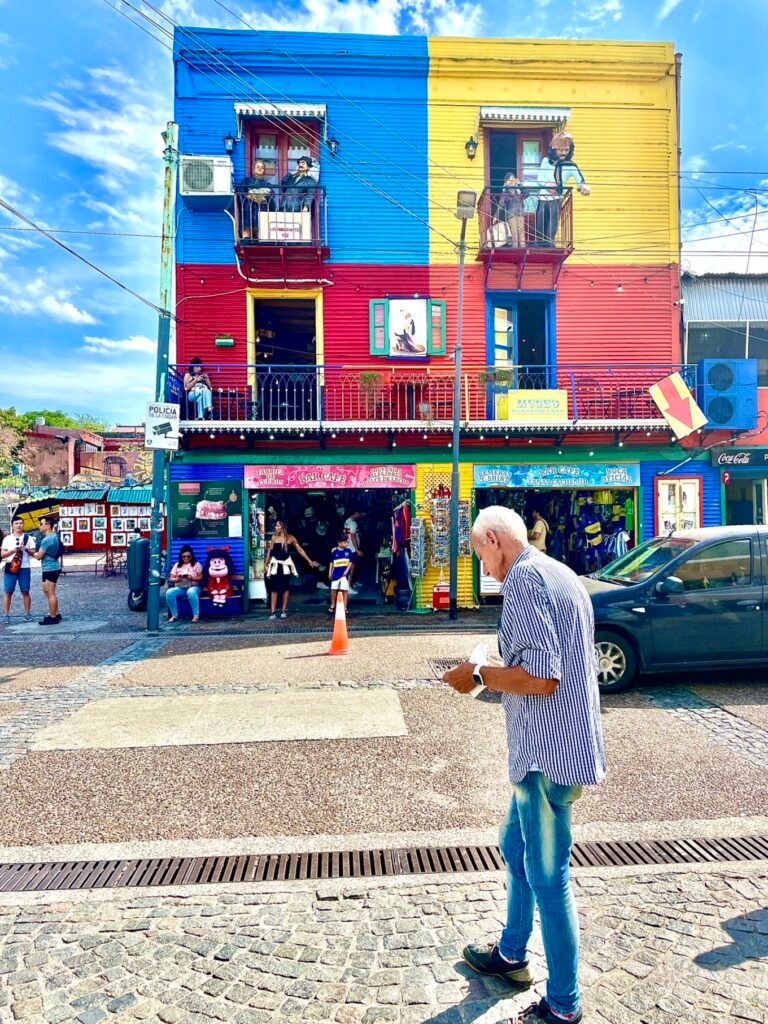

From the colorful streets of La Boca, a 500-meter walk along abandoned train tracks leads to the La Bombonera Stadium, the home of Boca Juniors. This is where the world of football takes over. Everywhere you look—on walls, storefronts, and sidewalks—football elements dominate, and the gift shops are filled with merchandise related to the sport.
Built in 1905, the stadium earned its nickname “La Bombonera” (The Candy Box) because of its unique shape. According to legend, the stadium’s colors were chosen based on the first ship to enter the port after construction. As fate would have it, the first vessel to arrive was Swedish, and that’s why both the stadium and Boca Juniors’ uniforms feature blue and yellow.
Attending a match here is no small feat, as tickets are highly coveted and sell out quickly, despite the stadium’s 49,000-seat capacity. Visitors can also take a paid tour of the stadium, which includes access to a museum showcasing the history of the stadium and the team. If you’re looking to buy an official jersey, be sure to check out the Adidas store on the first floor of the stadium for authentic merchandise.
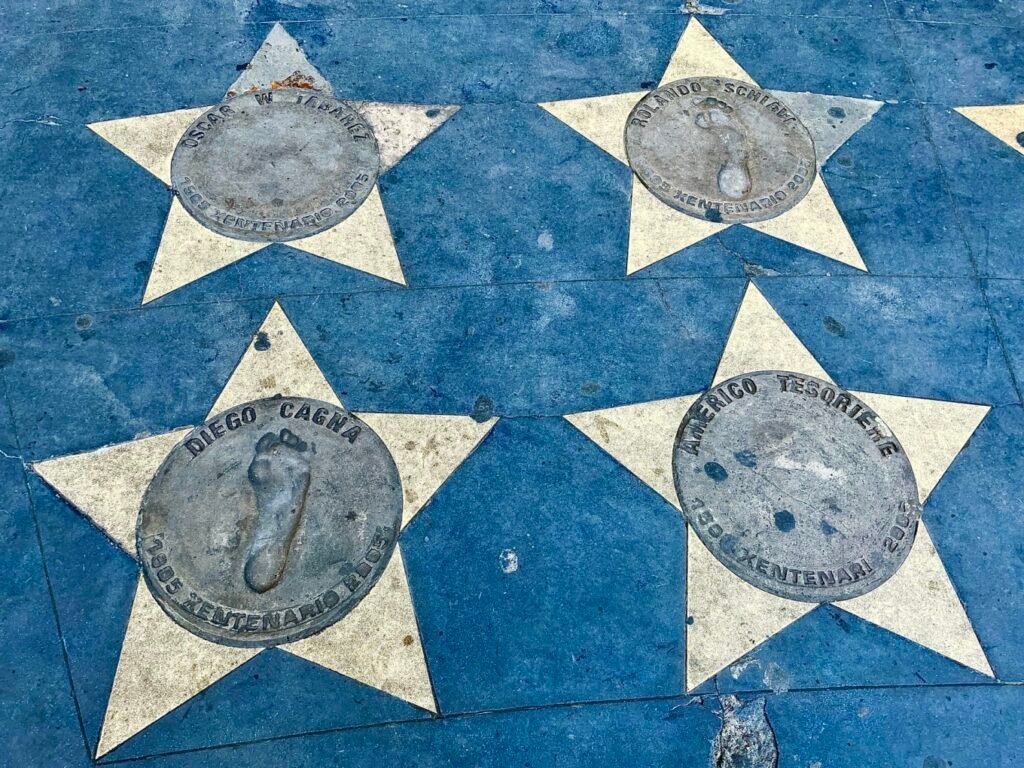
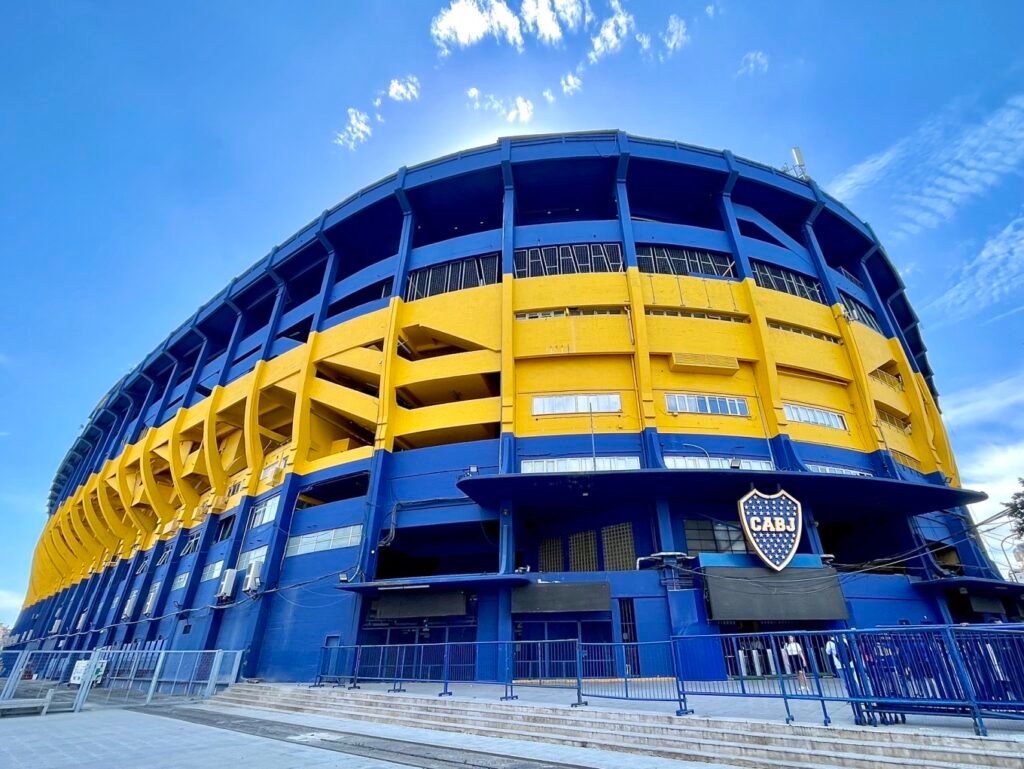
Important Safety Reminder for Visiting La Boca
Only the colorful streets and the area around La Bombonera Stadium are considered safe in La Boca. It is crucial to avoid venturing into the surrounding slums. I mistakenly followed the wrong map and ended up wandering a kilometer into the deeper parts of the neighborhood. The further I went, the fewer people I saw, and the vibrant, colorful houses gave way to dilapidated shacks made of rusted metal sheets. The way people looked at me was unsettling, making me feel uneasy.
If you’re taking a taxi to La Boca, avoid setting your destination as Caminito, La Boca, as this can leave you far from the tourist area. Taxis cannot easily access that part of the neighborhood. Instead, use Fundación Proa, located near the port, as your drop-off point. This will place you directly in the colorful house district. When leaving, it’s best to arrange for your return taxi from the port area as well, ensuring a safer and smoother experience.
